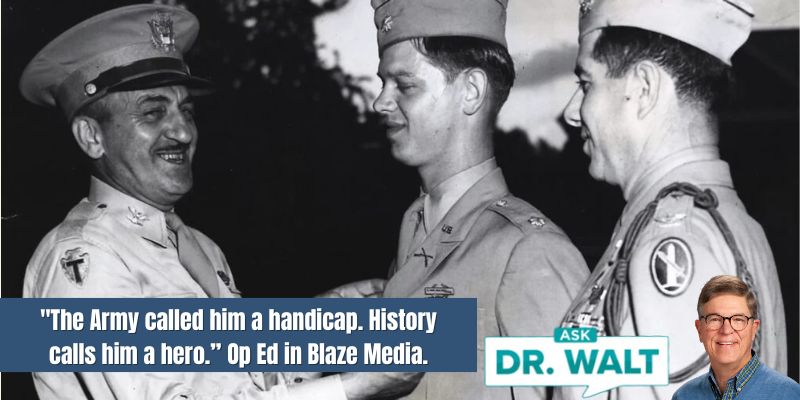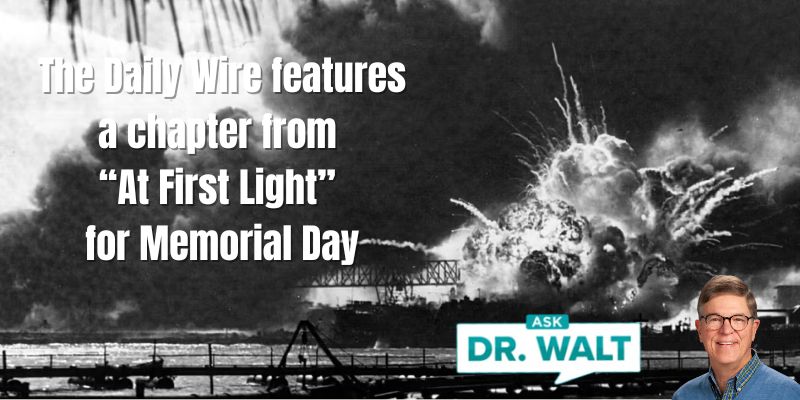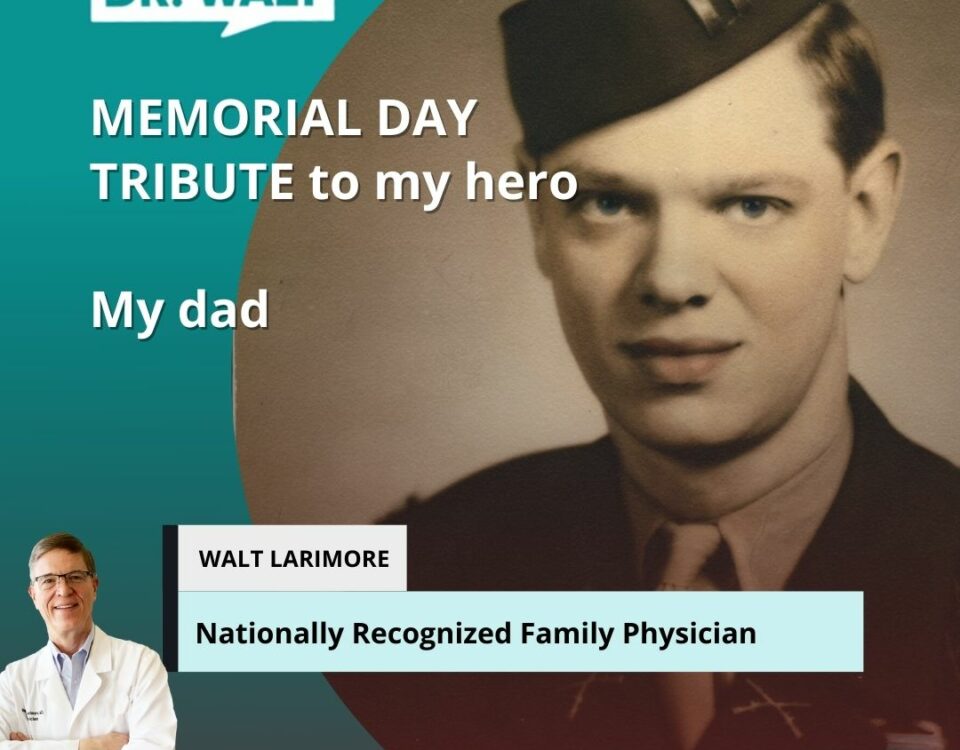
September 14, 1944 – The toughest nut in the Nazi’s long defensive line from the North Sea to the Swiss border lay just ahead of Dad and his men
September 14, 2024
September 16, 1944 — US GIs now face an obstacle that no army in the history of modern warfare had ever overcome—an enemy defending the Vosges Mountains
September 16, 2024September 15, 1944 – The life expectancy of the front-line men was getting ready to plummet to 21 days
All battles and all wars are won in the end by the Infantryman. The Infantryman has to use initiative and intelligence in almost every step he moves, every action he takes on the battlefield. The Infantryman always bears the brunt. His casualties are heavier; he suffers greater extremes of discomfort and fatigue than the other arms. —British Field Marshal Archibald Wavell [1]

As Phil and his men approached France’s Vosges Mountains in the middle of September 1944, topo maps showed a granite massif rising steeply from the plains of Alsace, presenting a nearly impenetrable geographic blockade to entering the Rhine River Valley from the west.
Autumn was definitely in the air as cold winds and heavy rains commenced in northeast France, much earlier than usual. Driving sheets of rainfall, as well as veils of fog, reduced visibility to ground level. At the same time, thick clouds drastically curtailed life-saving Allied air support, as well as preventing observation of German activities.
Phil knew full well that the rain and mud would give way to snow and ice once winter arrived, along with continuing overcast skies. This meant the on-the-ground advantage would go to the German Army, which could hide their military actions from Allied air reconnaissance missions and not be subjected to bombing and strafing attacks.
Making winter fighting even worse for Phil and his men was that the valley bottoms within the Vosges drained poorly and contained long, narrow lakes and swampland. The craggy terrain dramatically constricted the road network.
Even the main routes were quite curvy and commonly had sharp turns and steep gradients, only to bottleneck in narrow village streets. Secondary and local roads were far worse—extremely narrow, often muddy, full of potholes, and bordered by deep ditches or steep embankments.
Phil agreed with the intelligence estimate that virtually every road was unsuited for military traffic. On top of that, the heavily mined thoroughfares were infested with German roadblocks every few hundred yards.
As a result, the enemy occupied a definite, decisive line of resistance and could dig in, hold on tenaciously, and aggressively counterattack when overrun. The German infantrymen could also call upon forest and mountain combat tactics by infiltrating American lines and killing unsuspecting frontline troops from behind. They could also easily ambush supply lines and artillery units.
Furthermore, German snipers had a field day picking off troops and officers, which often resulted in chaos on the battlefield.
The heady days of the so-called “Champagne Campaign” were over.
The life expectancy of the men on the front line was getting ready to plummet to just twenty-one days. The hell of the Vosges Mountains loomed just ahead.[1]
~~~~~
[1] Larimore, At First Light, 146-147.
In case you haven’t read or listened to Dad’s book, you can learn more or order it here.
© Copyright WLL, INC. 2024.




